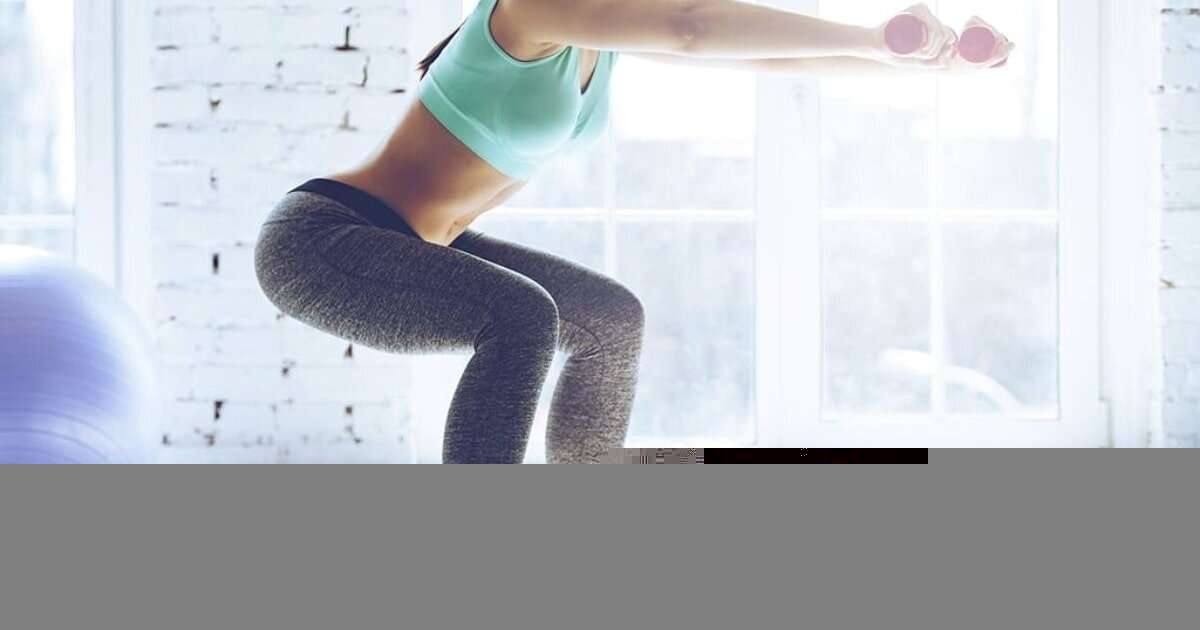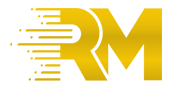
RM Trainer photo shoot
April 20, 2021
3 Nutrition myths
May 12, 2021
RM Trainer photo shoot
April 20, 2021
3 Nutrition myths
May 12, 2021There are countless, mainly women, (but nowadays also men) who question what is the best exercise to develop glutes. In this article, let's focus more on the ladies!
DATE: May 2021
AUTHOR: Rui Madeira | Exercise

But is there such a "best exercise" for the glutes? The best exercise for one person may not be for another, have you already thought about that?
RM Trainer argues that the effects and results of an exercise may vary from individual to individual due to numerous factors, such as body awareness, training level, joint health of the knee, hip and spine, etc.
Many of the practitioners seek to improve the tone and appearance of these muscles without, however, knowing the characteristics and functions of the buttocks, thus compromising the results.
The gluteus are very powerful muscles, in fact it is one of the strongest muscle groups in the human being!
It is divided into large, medium and small gluteus. The most prominent, the most appealing in aesthetic terms, the most powerful, the most requested in sporting gestures, the one that most contributes to postural correction is, with no doubt, the great gluteus.
This muscle is responsible for the movements of the hips, thighs and keeping the body in a bipedal position. In your daily routine, you will be able to sit, stand, climb stairs, keep standing, etc…
Some of the most common mistakes made by practitioners training this muscle are:
- Mostly use machines: some of the most sought-after machines for this purpose, in which the practitioner pushes a pedal back, making a thigh extension, among others, prove to be more effective in working the posterior thigh or lumbar muscles and, when used inappropriately, they can be responsible for postural imbalances and overload in the spine. Be careful in your execution!
- Use only exercises on the ground: very popular in aerobics classes of the 80s and 90s and in several videos shared on the Internet, although these exercises work the gluteus in isolation, it can be considered that there are better ways to develop this muscular group.
So, there are some of the exercises that are considered most effective:
The Squat (as deep as possible) will be one of the most effective, and should always respect the articular limit of each practitioner. It is a natural movement for us, so it allows us to work with higher loads, increasing the intensity and adaptations to training. The different variations (width and position of the feet, position of the load ...) of this exercise will explore different angles, stimulate different fibers and enrich your motor repertoire, so they will be productive. The squat juice, squat with the load in front or behind and one leg squat or "pistols" are some of the possible variations to take into account.
Lunges, although they require more stability and imply their execution with less load, recreate the gait pattern and therefore request an interesting number of fibers and improve the practitioner's functionality.
Some of the variations that can be used are:
- Static lunges: with feet shoulder-width apart, side lunge, cross lunge, Bulgarian squat in which the back foot is higher, etc;
- Dynamic lunges, with steps forward or back, returning to the base position or even the walking lunge in which a distance is covered with alternating steps.
Plyometrics training (with jumps), whenever the physical condition of the practitioner allows, will help to adapt the training to the strength of the gluteus fibers. Squats and plyometric lunges are good examples for those who want to go further, try it out!
Dead lifting, in which the practitioner performs the hip extension movement, which is one of the main and most natural functions of the gluteus, also ends up being a natural and healthy way of working this muscle.
The regular practice of these exercises will allow you to have a higher quality of movements, since it is made up of gestures widely used by all of us in our daily lives.
It is therefore recommended that there is a regularity in training (at least twice a week) and that you be creative in training by diversifying the exercises. The progression of the load should also not, of course, be overlooked if you do not want to stagnate in your results!
RM Trainer will soon release, on Youtube channel, some exemplary videos of those that we consider to be good solutions for your glute training!
Each individual is unique, as such you must always adapt the proposed exercises to your reality.
